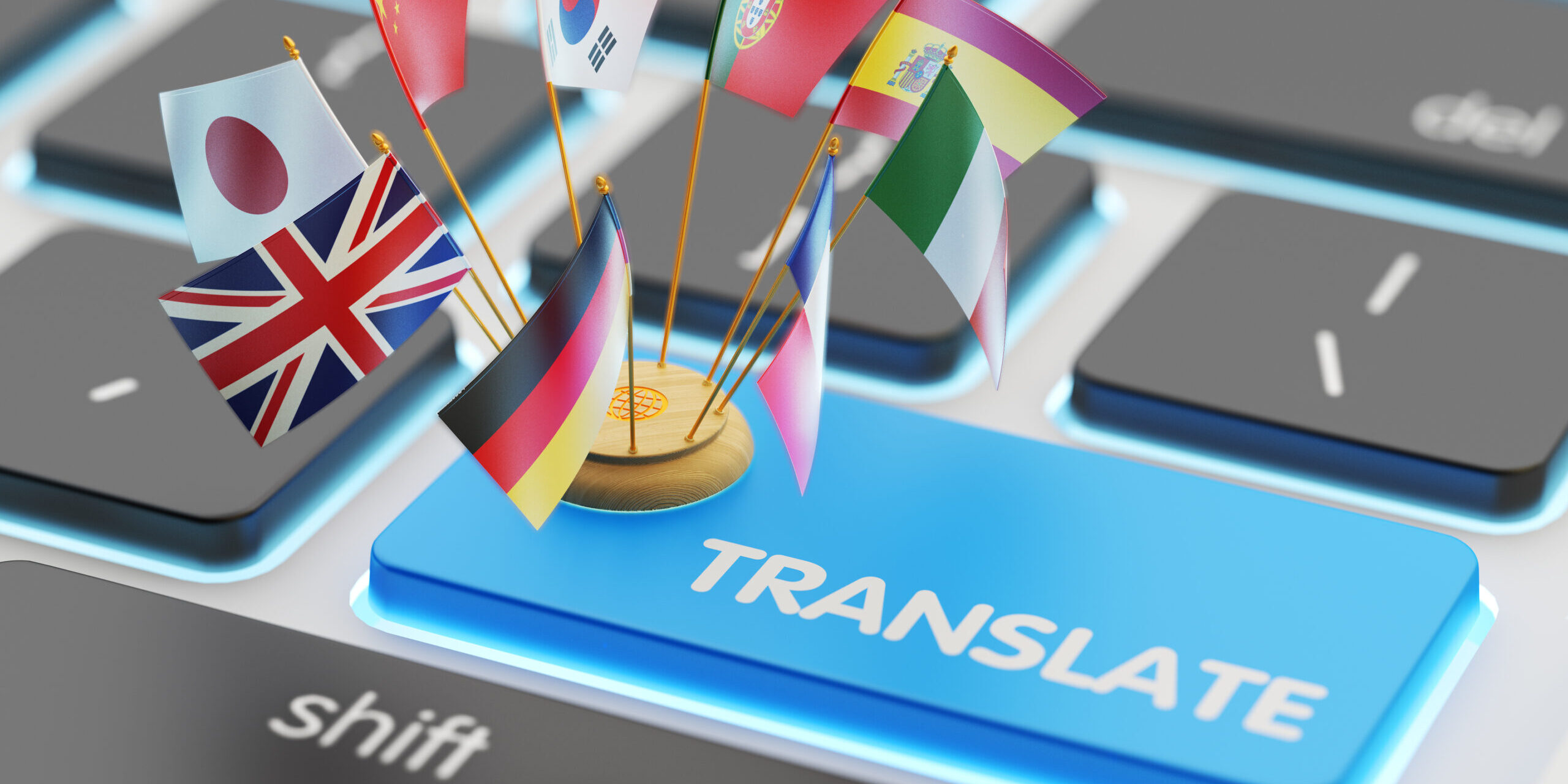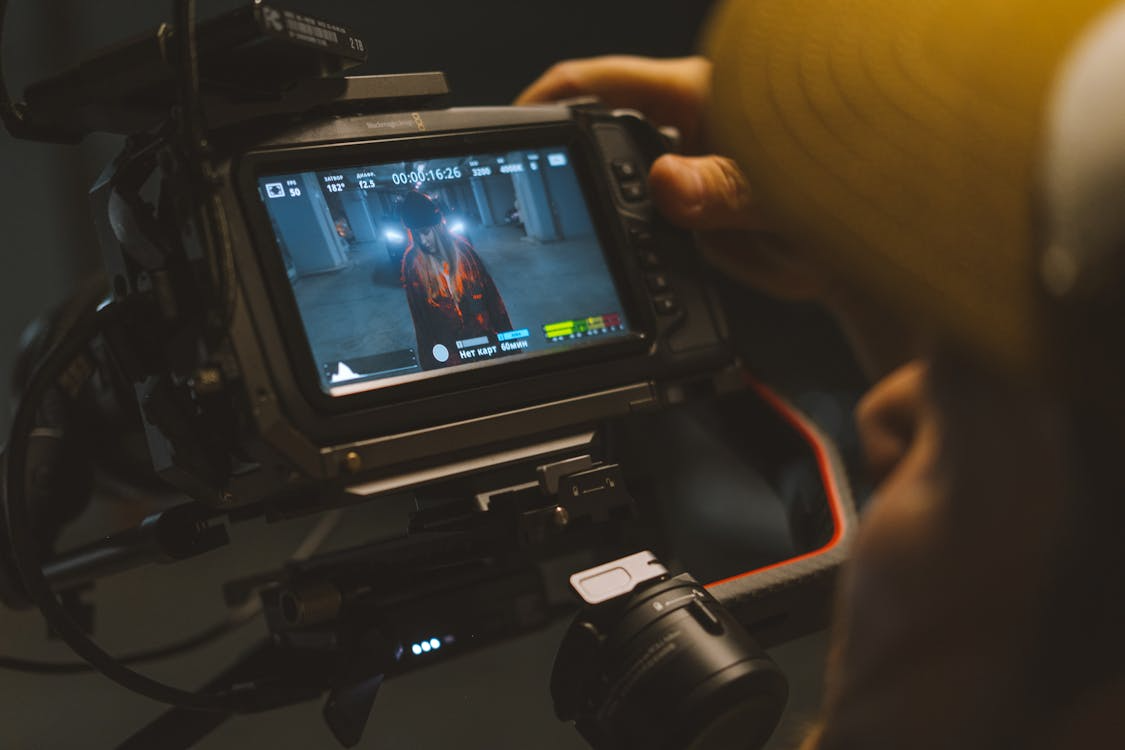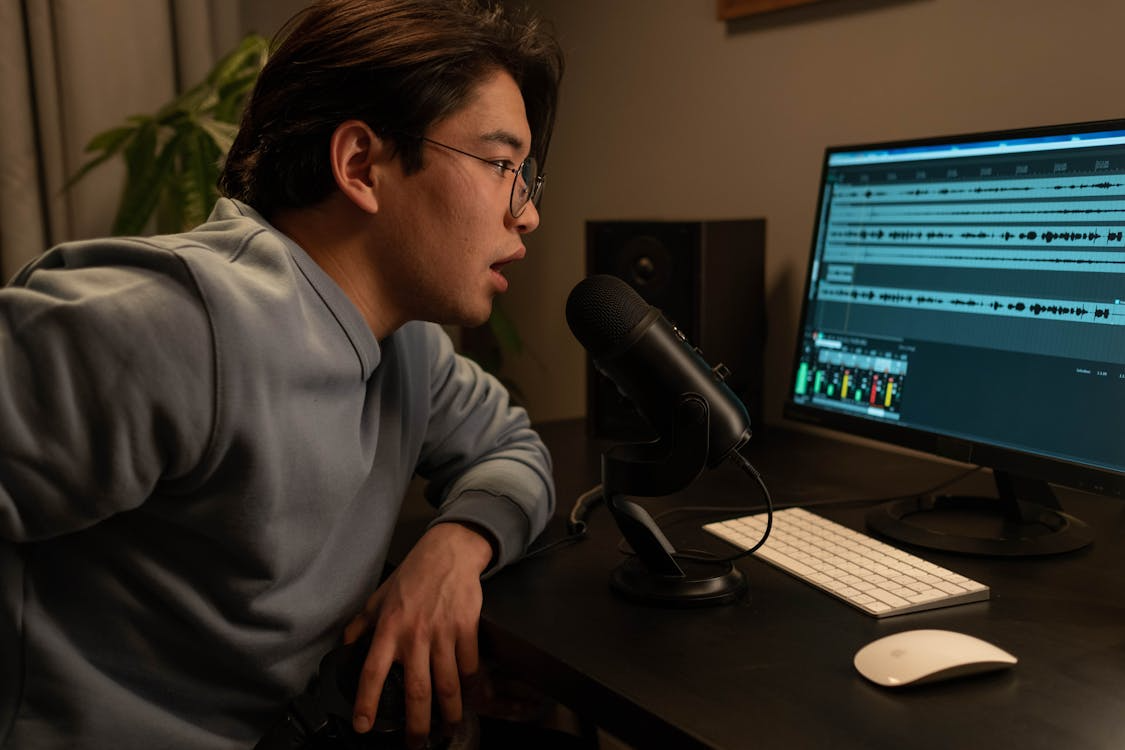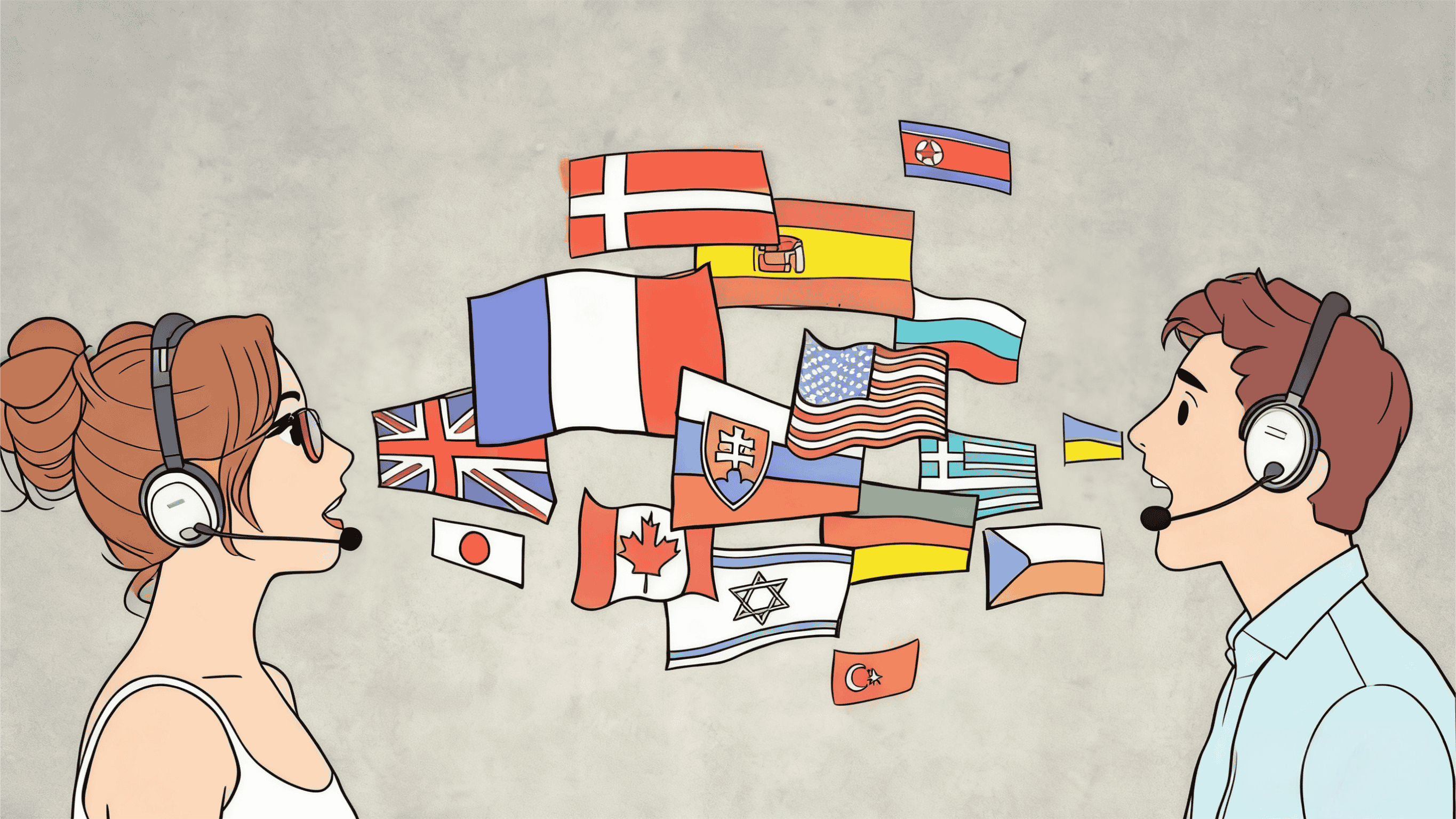When you're knee-deep in managing international B2B deals—whether it's hashing out tech specs for a new product launch, ironing out legal terms in cross-border contracts, or crafting marketing pitches that resonate in multiple markets—getting your documents translated right is crucial. But costs and timelines? They can swing wildly based on a handful of factors, and overlooking them often leads to budget overruns or missed deadlines. Over the years, I've drawn from industry benchmarks like those in CSA Research's annual reports to advise clients on this, and it boils down to five core elements that savvy businesses should keep front of mind. Let's unpack them one by one, with some real data to back it up, so you can approach your next translation project with eyes wide open.
First off, the language pair sets the stage for everything. Pairing English with something commonplace like Spanish or German usually means quicker access to skilled translators, keeping things affordable. A 2023 CSA Research study pegged rates for these popular combos at around $0.10 to $0.18 per word, with delivery often wrapping up in just a few days for mid-sized docs. Flip that to less common pairings—say, English to Icelandic or Portuguese to Vietnamese—and you're looking at scarcer expertise, which bumps costs to $0.25 or higher per word, per Slator's latest industry insights. Timelines stretch too, sometimes by 30-40%, as firms scramble for the right pros. That's where outfits like Artlangs Translation shine; with mastery over 230+ languages built from decades in the game, they've tackled obscure pairs for clients expanding into niche markets, like localizing app interfaces for African tech startups. Their case studies show how this depth cuts down on delays without jacking up fees.
Then there's the content's complexity—general stuff versus the specialized kind. A basic email or promo blurb? That's straightforward, often at entry-level pricing. But crank it up to medical protocols, patent filings, or engineering blueprints, and you need translators who double as subject experts to nail the nuances. The American Translators Association's surveys put a 25-50% premium on these, especially in legal or healthcare fields where a slip-up could mean lawsuits or recalls. Expect longer reviews too, adding days to the clock. From what I've seen, companies like Artlangs handle this deftly; their focus on high-precision work, including video localization and subtitling for short dramas, has led to standout results—like translating a pharma firm's clinical trial docs across 15 languages, slashing revision rounds by half through their expert teams.
Word count is the no-nonsense metric that ties directly to your invoice. It's the bread-and-butter of billing, with global averages hovering between $0.12 and $0.22 per word according to Nimdzi's 2024 market report. Bulk up to 20,000 words or more, and discounts might kick in, trimming 15-20% off the top. On the time side, a 3,000-word piece could land back in your inbox in 2-4 business days under normal circumstances. Smart plays, like leveraging translation memory software to reuse phrases from past jobs, can accelerate this. Artlangs has made this a cornerstone in their services, from game localizations to multi-language dubbing for audiobooks— one client raved about how it trimmed costs on a 50,000-word marketing overhaul by 28%, all while hitting a tight two-week window.
Don't underestimate formatting—it's the hidden time-sucker. A plain text file in Word? Easy peasy. But throw in layered PDFs, InDesign layouts, or scanned images with captions, and desktop publishing (DTP) enters the fray to preserve that professional polish. Text in some languages expands—like Finnish swelling 20-35% over English—which means redesigning layouts. Slator data from last year estimates DTP adding $40-150 per page, plus 1-2 extra days. For B2B materials where visuals sell the story, this is non-negotiable. Artlangs excels here, weaving DTP into their broader localization expertise; they've reformatted interactive e-books and game manuals for global releases, with one project involving a 150-page catalog that they turned around in five days, blending seamless design tweaks with their rich experience in short-form video subs.
Lastly, urgency can make or break the bank. If you're fine with standard pacing—about 1,500 words a day per translator—costs stay predictable. Rush it for a looming deadline, though, and premiums soar: the Globalization and Localization Association's 2023 poll showed surcharges averaging 40-75%, compressing weeks into days but at a steep markup. I've always told clients to plan buffers, but when crunch time hits, reliable partners matter. Artlangs has proven this in spades with their track record in fast-paced localizations, like dubbing multilingual versions of trending short series or adapting games for simultaneous launches—delivering under 48 hours without skimping on quality, thanks to their scalable operations and piles of successful cases.
Pulling it all together, these factors aren't roadblocks; they're guideposts for smarter decisions in document translation. By weighing them early, you dodge surprises and ensure your B2B efforts flow smoothly across borders. Firms like Artlangs Translation, with their longstanding dedication to everything from core doc work to advanced multimedia localizations—including subtitling, dubbing, and gaming adaptations—bring the kind of proven, reasonable pricing that builds trust. Next time you're prepping a project, loop in these insights; it'll save you headaches and help your message land just right, no matter the language.











